We know that we’re not the only ones who get confused by all the different types of bread.
If you’ve ever wondered about the difference between whole grain vs whole wheat or whole grain vs multigrain, you’re in the same boat.
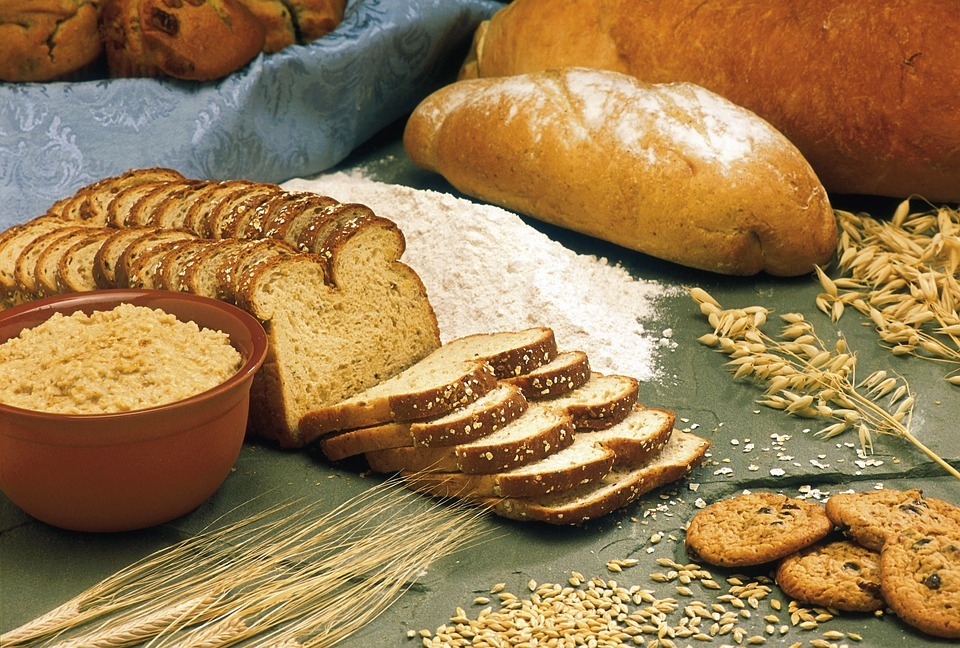
Understanding grain products can be seriously perplexing. We see now that the baked goods in store have more labels and regulations that ever before, which can be stressful to decode.
What is considered a whole grain? Is wholemeal bread the same as whole wheat?
Here are the differences between whole wheat, whole grain, and multigrain to help you unravel the mystery behind your food.
Contents
Whole Grain vs Whole Wheat vs Multigrain
Humans have been growing and eating grains for millennia, but they never had the food choices that we have today.
Here’s what you need to know about three of the healthiest alternatives to white flour products.
Multigrain
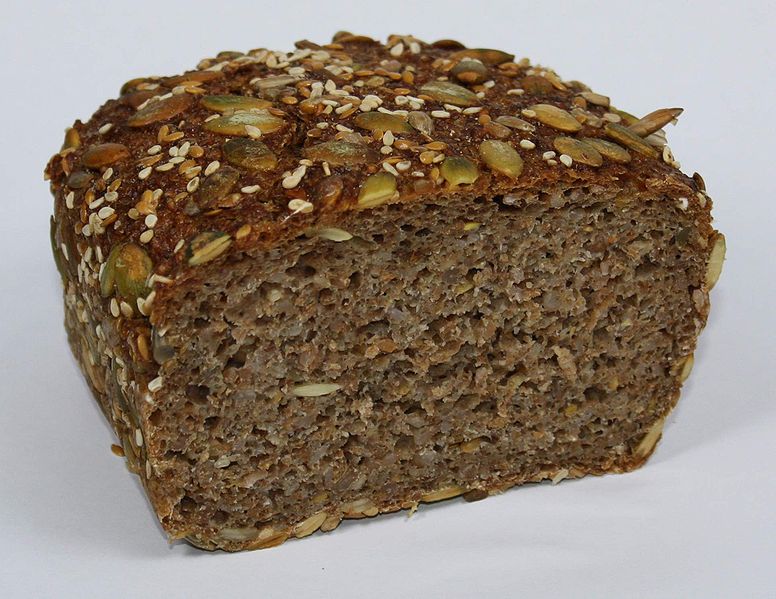
A multigrain label might sound like the healthiest option, or the most filling, but there’s actually more to it than that.
Simply put, multigrain products contain more than one type of grain, be it oats, barley, or rye. If you can’t eat gluten, you might have to check the ingredients before chowing down.
With a variety of grains, there are more types of proteins and plant fibers in bread made out of multigrains than in your average loaf of white bread.
However, the nutrition benefits can differ between products depending on which grains are included in the recipe.
Make sure to check the ingredients list if you have certain dietary needs and look for brands that include whole grains.
Whole Grain
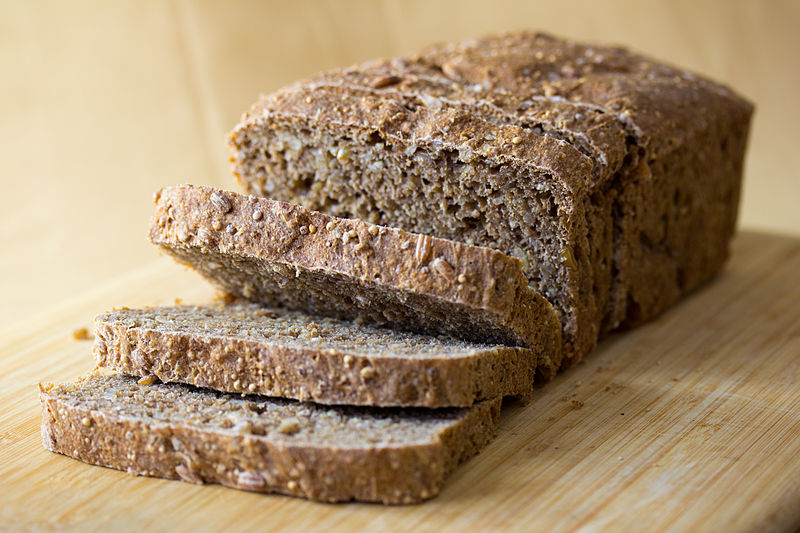
Whole grain means that all the parts of the grain are used in the bread recipe.
So that’s the bran, germ, and endosperm – all of that good stuff stays in.
When it comes to whole grain vs multigrain, the multigrain can contain whole grain, but not the other way around.
Whole grains provide the proteins, nutrients, fiber, and other healthy compounds found naturally in the grain. Of course the nutrition benefits vary according to each kind of grain used.
Not all whole grains are created equal, so you may want to do a bit of research if you are looking to achieve complete grain consumption efficiency.
Whole Wheat
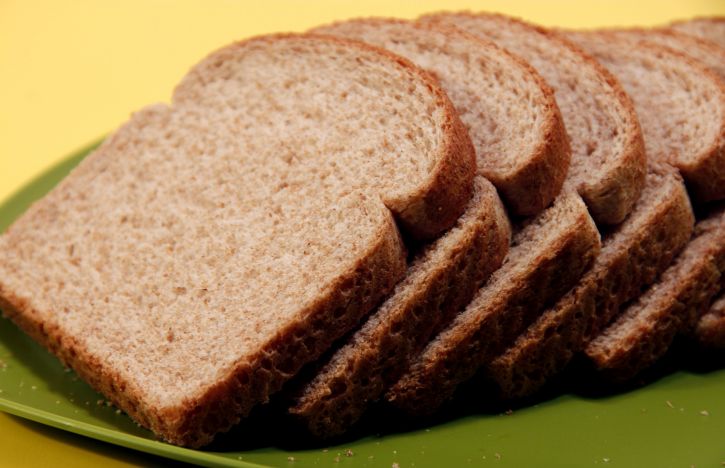
Whole wheat (sometimes called wholemeal in the UK) is a subset of whole grain.
Like whole grain, it uses all parts of the grain, but differs in that it is made exclusively with wheat.
Whole wheat has a lighter taste and texture making it great for white bread, noodles, and cereals.
When it comes to whole grain vs whole wheat healthwise, whole wheat is pretty much equal to whole grain.
Since it is made of wheat, there is gluten, but considerably less than in all-purpose flour.
Baking with Grains
All three of these grains can be used in a breadmaker. Although, baking with these grains requires a bit of understanding on how they behave.
Baking Multigrain Bread
The first thing you notice with multigrain products is that they have a different taste than white flour.
Multigrain flour brings its own flavors into the mix, while white flour is bland and features the flavors of any ingredients that you add into the recipe instead.
Depending on the mix of grains in your multigrain flour, you might have to make some modifications to your recipe.
Some multigrain flours absorb more liquid than others, so you might have to do a bit of guesswork when baking (or get a great bread machine cookbook that will spell it out for you).
Whole Grain Bread in a Bread Maker
Baking with whole grain is considerably different from baking with white flour, but the outcome is a wonderfully textured, nutty bread that is surprisingly light and soft.
One of the difficulties of baking with whole wheat is that you cannot simply substitute the white flour for whole grain in a recipe: you have to redesign the recipe to compensate for its different nature.
- Firstly, whole wheat contains germ and bran which soaks up more water that white flour. Not enough water in your recipe can lead to a dry loaf that doesn’t hold together. Make sure that you use enough water to create a slightly wet and sticky dough.
- The structure of whole wheat dough is another aspect to take into consideration. Whole wheat flour contains flakes of bran which can “cut” the gluten strands when kneaded, so extra care needs to be given when handling the dough. Some bakers supplement their flour with a little bit of all-purpose or concentrated gluten flour to compensate for the lack of gluten.
- Lastly, use less yeast than you would when baking with white flour, as a whole wheat dough can over-ferment and collapse if there’s too much. This is because there are more nutrients for the yeast to consume in whole wheat, so it rises faster, putting it at risk of over-fermenting. Just use less yeast and give it less time to rise.
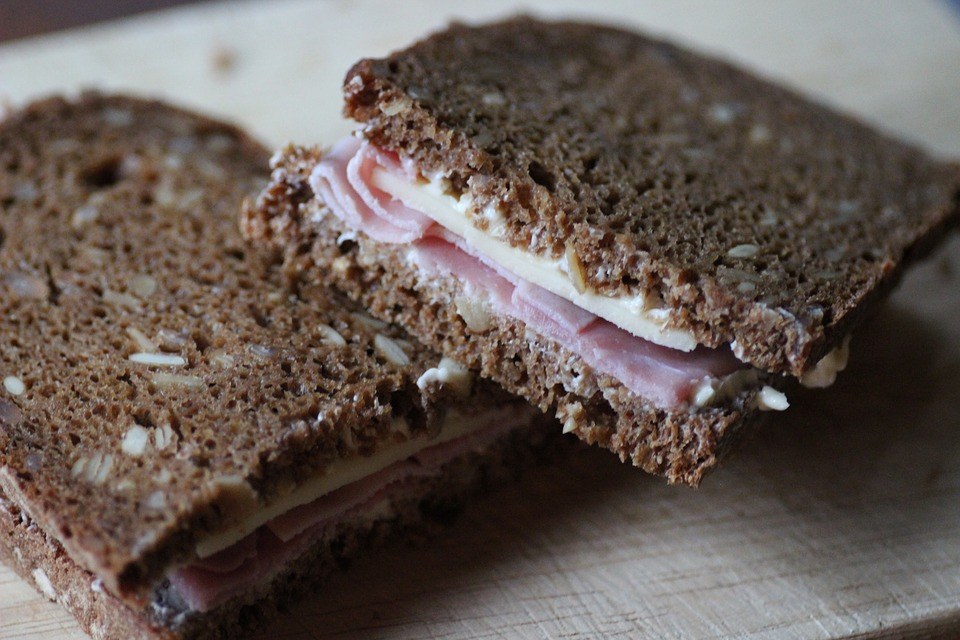
Whole Wheat Bread in a Bread Machine
Baking with whole wheat is essentially the same as baking with whole grain. It is more likely that home bakers will use it because it is generally easier to find than other whole grains.
Which Grain is Right for You?
These three options give you room to customize your bread based on taste, nutrients, and dietary restrictions. The best path forward is to read up on the labels to understand where your health could be hindered, and if nothing stands in your way, start experimenting!
What’s your favorite grain?
